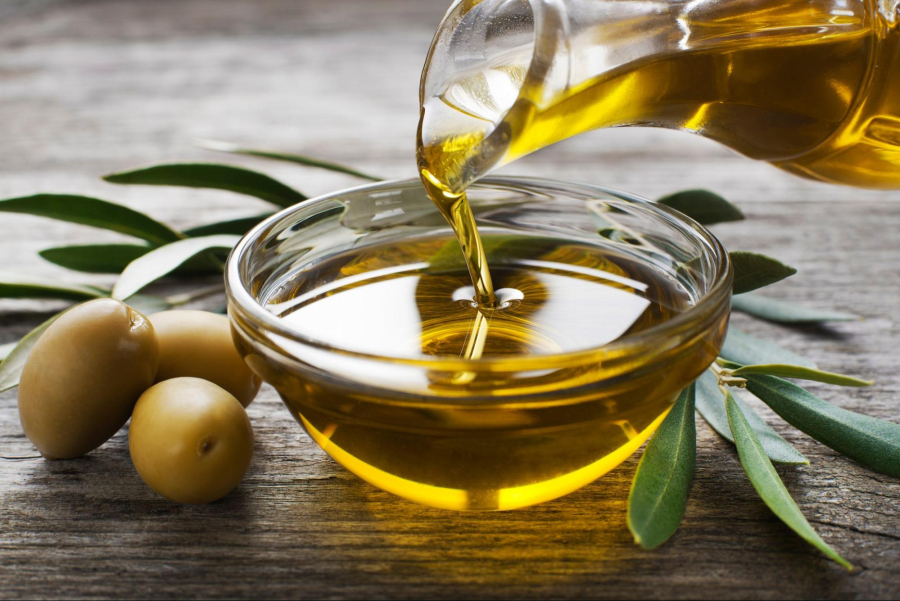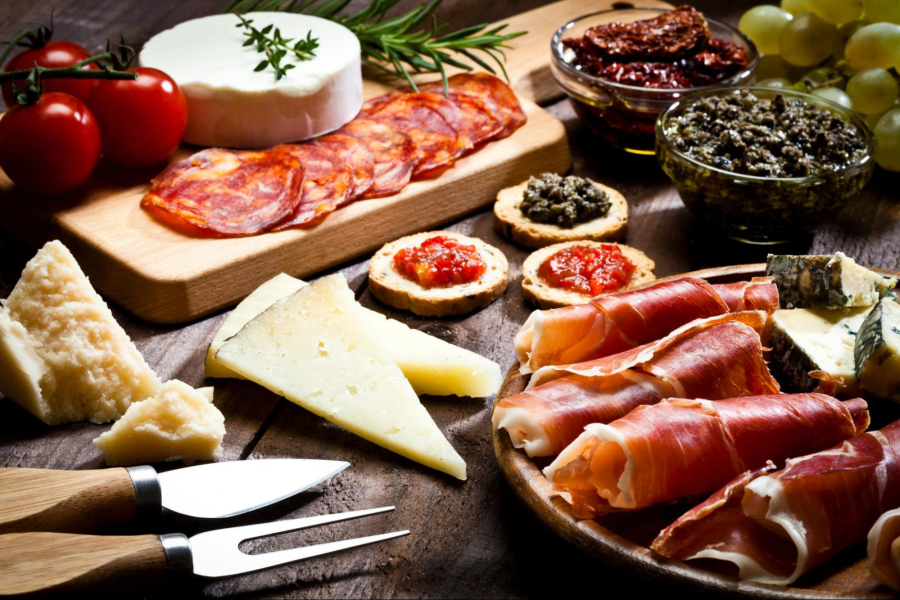A Brief History of Spanish Cuisine
Spanish cuisine is diverse, a reflection of the history of the country and its many different cultures. On one hand it’s reminiscent of how the Mediterranean diet looks in other areas - plenty of wine, fresh vegetables and fruit, nuts, seafood and a little olive oil. But Spanish cuisine dishes also use their unique ingredients available locally and regionally.
Regional Variations in Spanish Cuisine
Why are there so many regional variations in Spanish dishes? One reason is that Spain is full of mountains. These mountains created a communication and transport barrier, making it difficult for neighbouring towns to share recipes and ingredients. Another reason for these regional variations in traditional Spanish cuisine is that the country used to be made up of various small kingdoms, each with its own customs. Spain was created by linking these unique kingdoms together.
Influences on Spanish Cuisine
Spain's cuisine has been shaped by a variety of cultural influences throughout its history. The Arabs, who lived in Spain for 800 years, made a big impact on Spanish cuisine, contributing delicious dishes and ingredients like almonds, rice, citrus fruits and spices like saffron and cumin to Spain’s culinary traditions. The Arabs are even responsible for paella and gazpacho!
Ingredients like tomatoes, peppers and potatoes from the Americas also had a huge effect on Spanish cuisine. As well as this, you can feel the influence of European cuisine, primarily French, in several Spanish dishes. These cultural influences, combined with Spain's unique regional differences and local ingredients, have resulted in a diverse and rich culinary tradition that is enjoyed by people all over the world.

Common Spanish Ingredients
Here are some of the most common ingredients used in traditional Spanish cuisine:
-
Olives and olive oil
Though some traditional Spanish cuisine dishes call for the use of lard, olives and olive oil are common, high-quality ingredients in Spanish cuisine dishes - especially extra virgin olive oil. The cultivation of olives in Spain dates back to Roman times, when olive trees were brought to Spain from Greece. Today though, Spain is the number one producer of olive oil.
-
Seafood and fish
Fresh fish and seafood are a big feature in Spanish cuisine dishes. You’ll always see fresh, plentiful seafood in the markets in Spain. It’s much more than just paella - shrimp, halibut, octopus and eels are all on the menu, too. Of course, it’s the Arabs who first made paella, but the Basques have also salted and preserved precious bacalao since the year 1,000!
-
Cheeses
How could we not mention the fantastic range of Spanish cheese? It’s thought that the Romans brought new cheese-making techniques to Spain around 200 BC, though the Iberian Peninsula probably made cheese before this. Traditional Spanish cuisine has everything from creamy, soft cheeses like Galicia’s tetilla to aged cheeses like La Mancha’s manchego. It’s not just cow’s milk; goat, sheep and even mixed milk types all feature in traditional Spanish cuisine. For something truly unique, why not try some limestone cave cheese like Azul Peñacorada?
-
Sausage
You may have heard of some of the amazing sausages that feature in Spanish cuisine. The pork sausage chorizo, for example, has been a big favourite since before the Spanish conquest of the Aztec empire. But did you know there’s a wide variety of chorizo? There’s smoked, fresh and even aged chorizo for you to choose from, each with unique flavours. In traditional Spanish cuisine, families would produce chorizo and hang it in their attic or cellar to dry. And, of course, you’ll see regional variations again in the spices and preparation methods used in the Caribbean, Mexican and Spanish chorizo.
-
Herbs, Garlic and Onions
These are the three ingredients that make Spanish dishes smell so amazing. Garlic is a mainstay in traditional Spanish cuisine across the country, while onions and herbs like thyme, rosemary and oregano are also used in plenty of Spanish dishes.
-
Fresh vegetables!
It’s hard to imagine traditional Spanish cuisine without fresh produce like tomatoes, but did you know tomatoes were only first brought to Europe by South American Aztecs in the early 16th century? The Romans again introduced some vegetables and cultivation techniques, but it was really the Americas that brought the majority of the vegetables that Spain still loves today, such as peppers, potatoes and of course, tomatoes.

Traditional Spanish Dishes
Pil Pil
Have you ever tried Pil Pil? This quintessential staple of traditional Spanish cuisine is a garlic and chilli-infused hot olive oil sauce. Pil Pil is most commonly doused on prawns, and also goes great with other seafood, meats and vegetables. Why not check out our recipe for salted cod Pil Pil sauce?
Mojama
Mojama is a cured tuna from the south of Spain. Mojama is terrific in a range of recipes. Check out our variety of Mojama recipes, such as autumn mojama tapas a la Florentina, mojama aperitif, and mojama with homemade bread or coques con mojama.

Tapas, or “Small Plates”
These “covers” for wine or sherry feature throughout traditional Spanish cuisine. Maybe tapas started off as sherry covers in Andalusian taverns to ward off fruit flies. Perhaps King Alfonso X of Castile popularised the tapa as he recovered from an illness. Or maybe it was a waiter’s ingenuity, serving King Alfonso XIII a glass of wine covered with a slice of ham to protect the drink from sand that brought tapas into the world of Spanish cuisine. Whichever origin story you believe the most, one thing that is for sure is that tapas are delicious!
One popular tapas recipe in traditional Spanish cuisine is chorizo with sherry vinegar. You can recreate this at home with our La Taperia Uno set, complete with a traditional terracotta cazuela. Other tasty and traditional options include jamon with manchego cheese, and simple olives and cornichons. Or, try out some spicy chorizo and butter beans with our La Taperia Cuatro set.
If you need traditional Spanish cuisine ingredients but don’t know where to get them, contact Nomad Distribution today to see what we can do!





